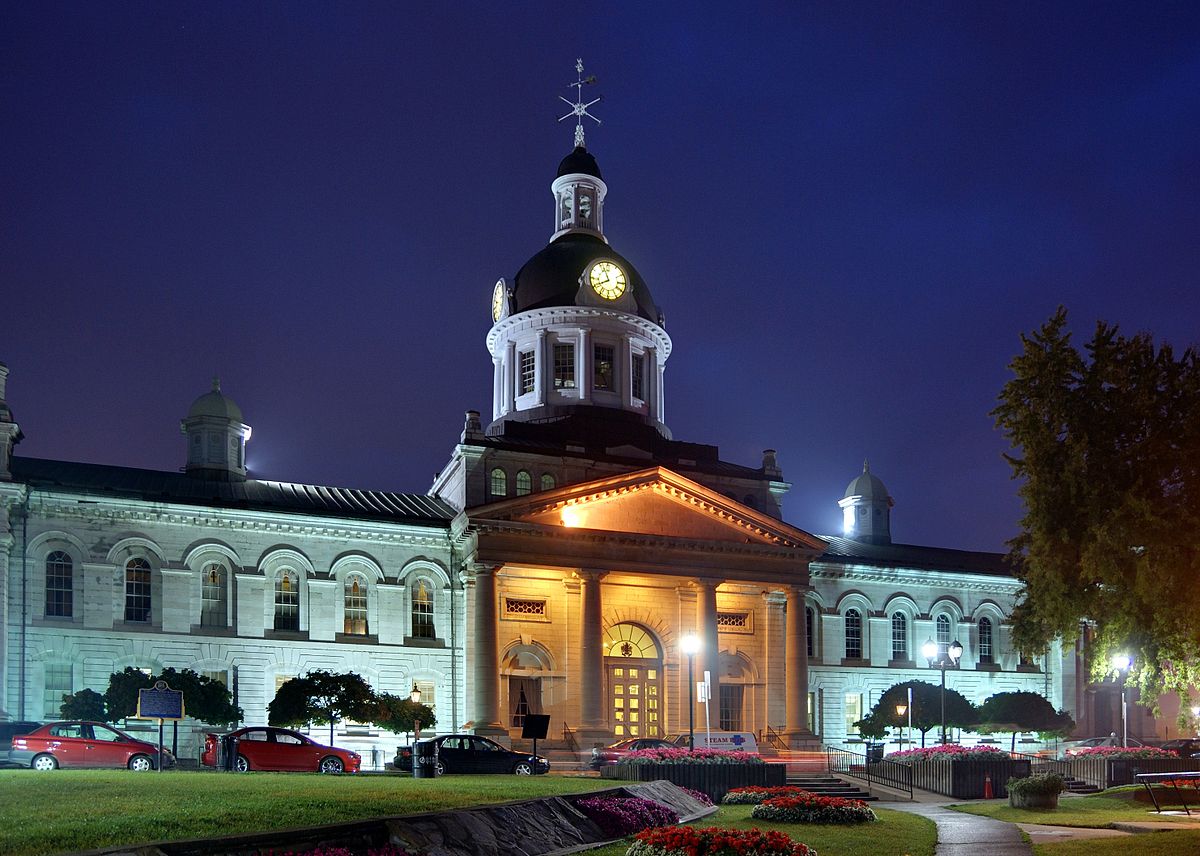
In October the City of Kingston approved a new Kingston Electric Vehicle Strategy. This document lays out a series of actions Kingston will take to reduce the council’s own transportation related green house gas (GHG) emissions and how they will help citizens and visitors do the same.
We have an interest how Kingston does this besides as a good example for the City of Ottawa to follow. We lived in Kingston for several months in 2015 and 2016 preparing for our trip south on Kinship and we have a son studying at Queens so we visit several times a year.
The strategy addresses three “Target Areas”, let’s take a look:
Target Area 1 – Electrification of Municipal Fleet
Kingston is going to start with their fleet of cars and light commercial vehicles. This a natural outcome of the current pricing and incentives available. As older vehicles in this class come up for replacement, they will be replaced with EVs and Level 2 chargers will be installed. Later transit buses and other vehicle will come into play as options become available. The City of Kingston is a member of the Canadian Urban Transit Research & Innovation Consortium (CUTRIC) A consortium exploring options for electric buses in Canada, starting with a pilot project in York Region I suspect that Kingston will find that buses are available today that can meet their requirements.
Target Area 2 – Support Community Adoption and Use of EVs
Kingston has only a handful of charging stations today, although it is worth pointing out that on a per-capita basis they have more stations than Ottawa. Kingston is going to install 2 DC Fast Chargers and 25 dual level 2 AC chargers across the city. This network will allow visitors and locals to charge in many handy locations. There is a certain amount of “build it and then they will come” here, but the plan is sound and it will draw EVs to downtown which is under served today. As visitors this is great for us, we have to charge in the West end today, well away from Queens, downtown and where our son lives. Charging will be free at the Level 2 stations, the DC stations will be in the $10-15 range.

Kingston is also working on preparing the grid and having EV charging as an integral part of new builds for the City.
Target Area 3 – Support Municipal Employees Use of EVs
This target area is weaker than the other area, the City is planning on installing chargers for employees if there is demand. For many Cities this is an area with real impact, hopefully Kingston will follow through on this.
Budget
Kingston’s initial capital investment in these programs is $796,000, representing 0.15% of the total 2018 budget. If Ottawa was to allocate the same percentage we would be looking about $5,000,000. Kingston is to be congratulated on their commitment, I will look to 2019 to see how their bus fleet electrification progresses. Kingston spend about $82,000 per year supporting the operation of the chargers with cost reductions from fees reducing this over time.
As a Model for Other Municipalities
Using Kingston as a model is certainly valid for small-medium municipalities in Ontario. The current provincial programs support the switch and similar sized cities could implement this strategy successfully. Larger Cities can take much from the strategy, but it would need to be adapted to the larger organisation sizes involved.
Kingston is evidence that leadership and a relatively small budget commitment can go a long way to starting the process of reducing the GHG impact in a way that saves money.
Views: 100
